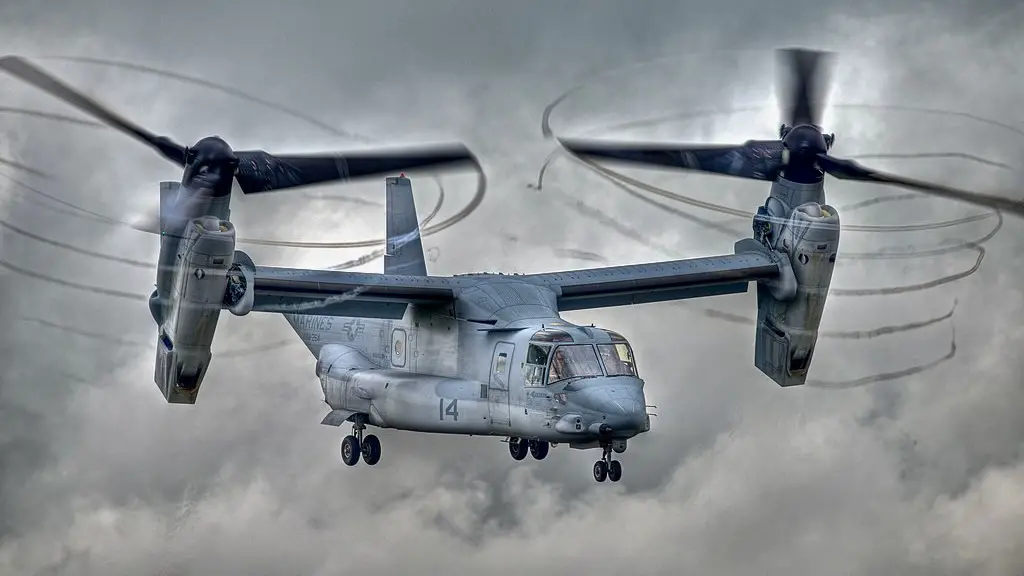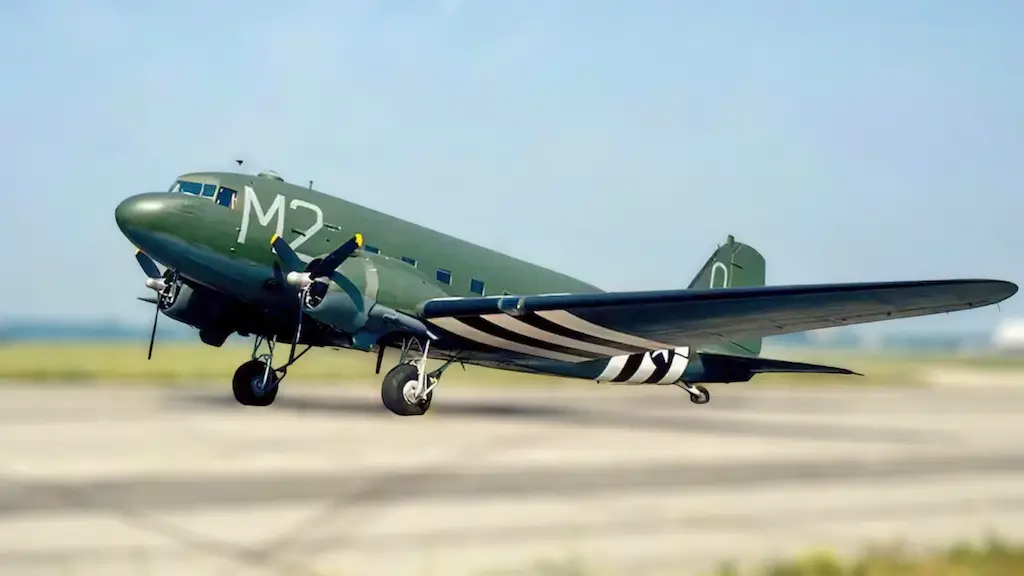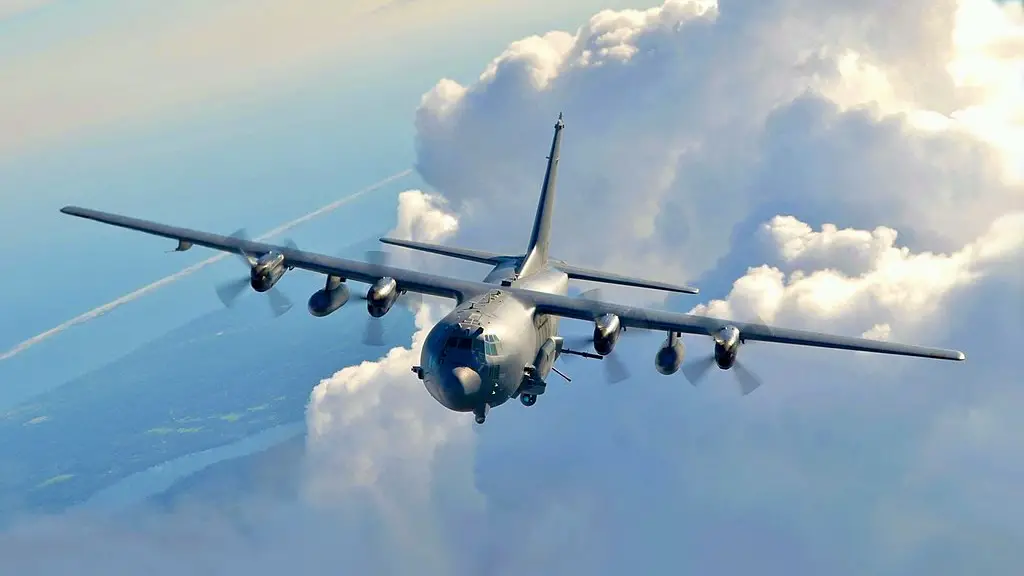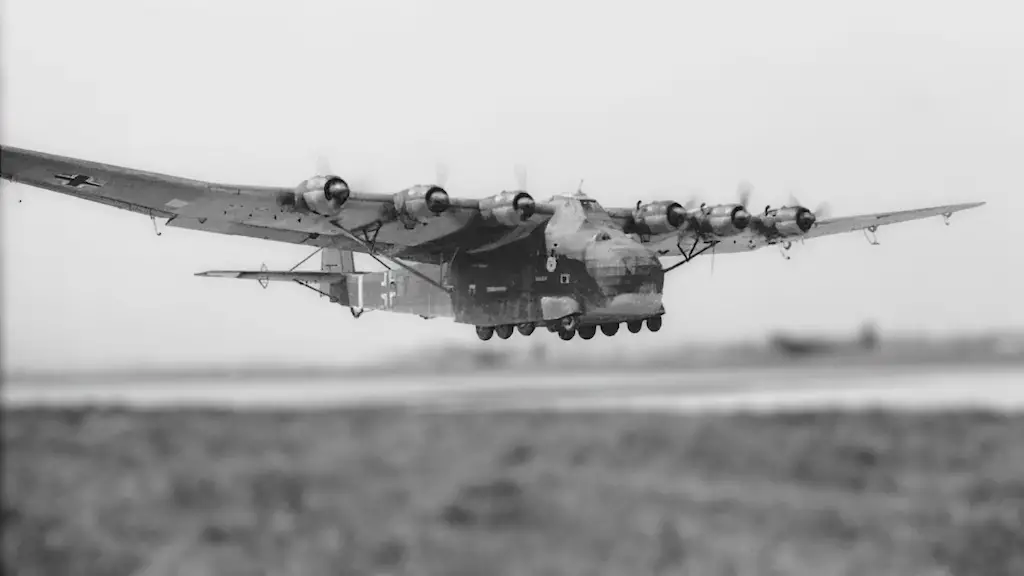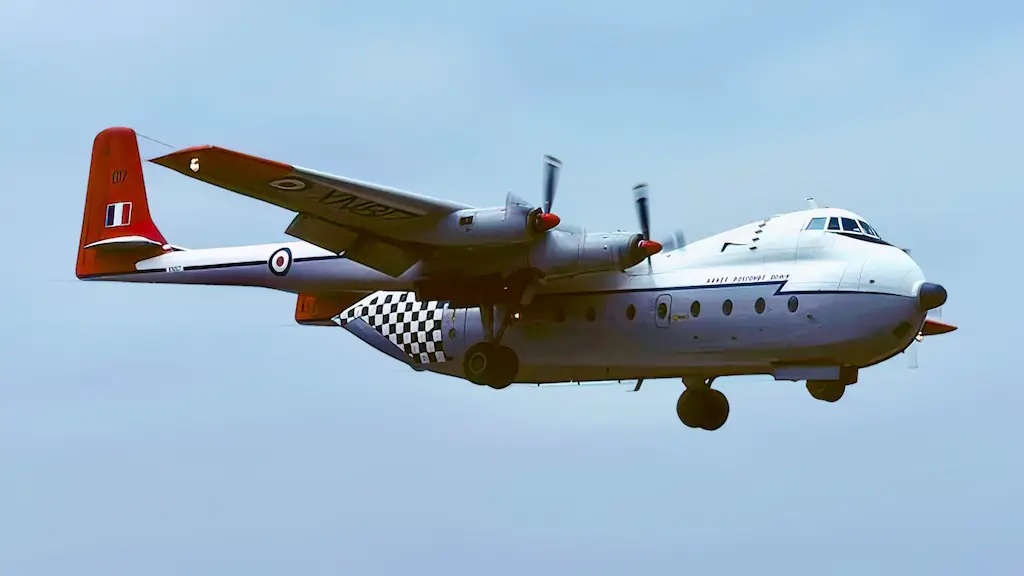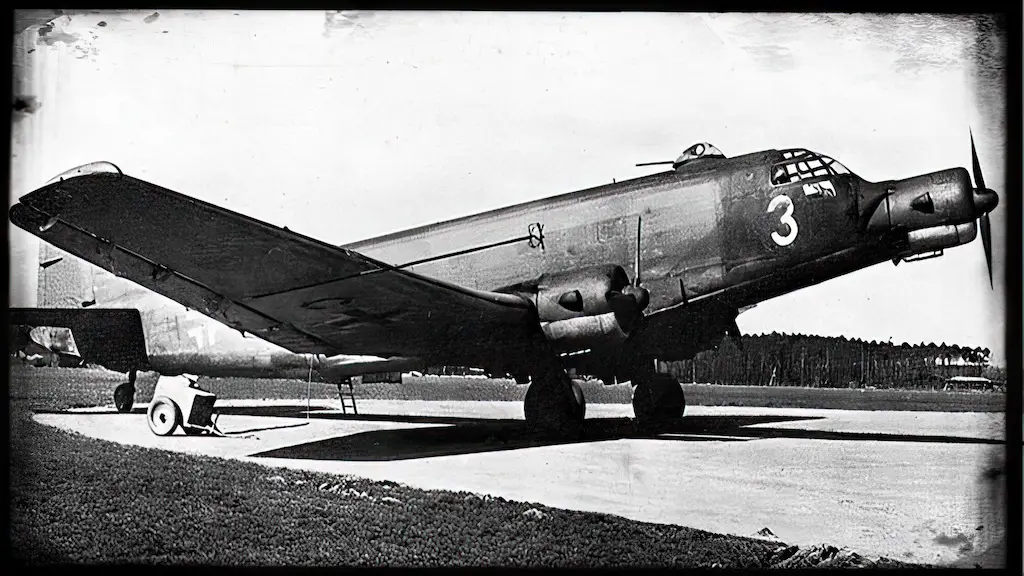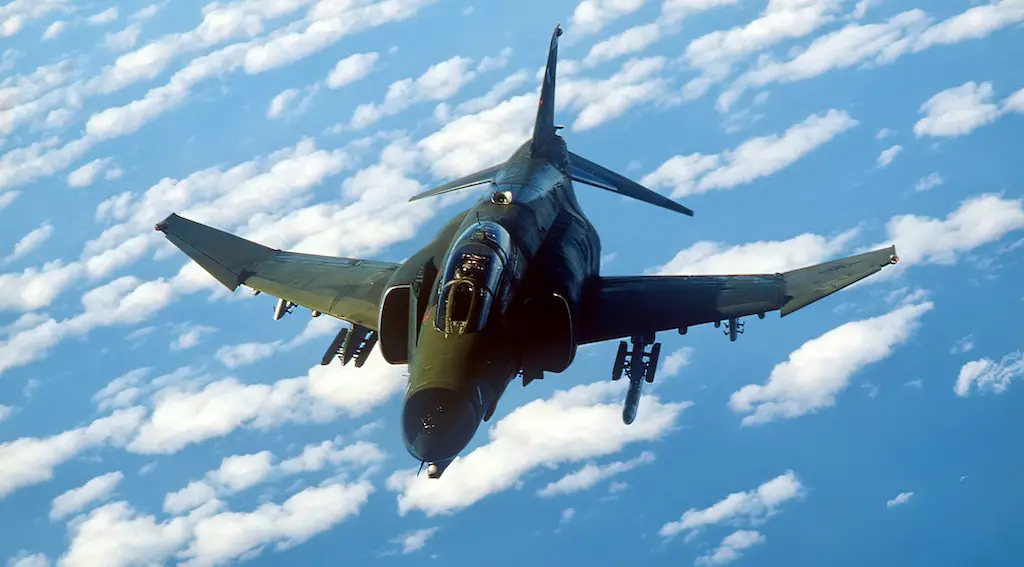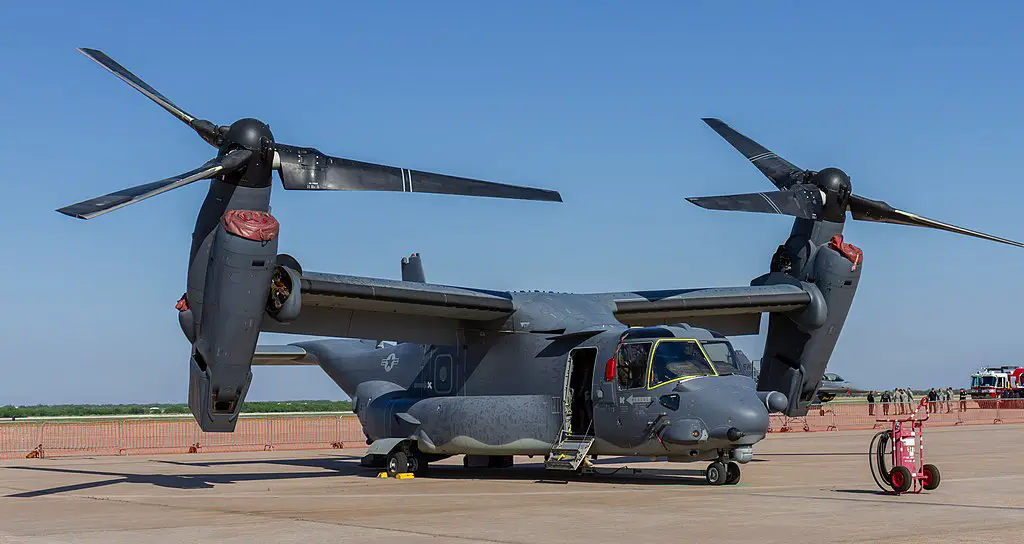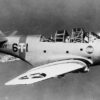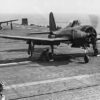The Bell Boeing V-22 Osprey is a groundbreaking aircraft that combines the vertical takeoff and landing capabilities of a helicopter with the speed and range of a fixed-wing airplane. Sounds like a crazy idea but with its unique tilt rotor design, the Osprey has revolutionized military operations, enabling rapid deployment and enhancing mission capabilities.
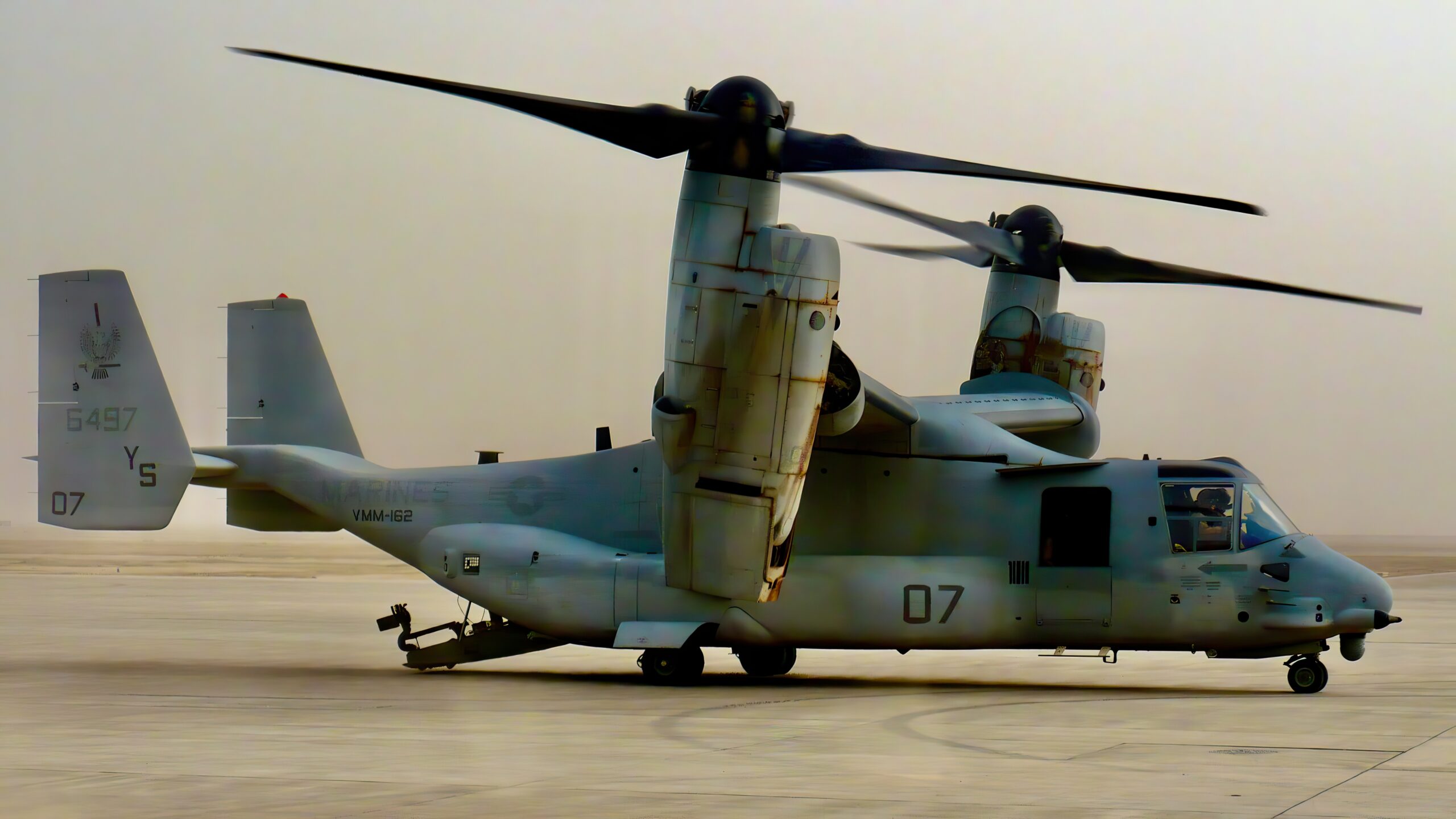
Tiltrotor Design
Developed jointly by Bell Helicopter and Boeing, the V-22 Osprey first took flight in 1989. This versatile aircraft features a tiltrotor design, with two large rotor blades mounted on rotating nacelles. This design allows the Osprey to seamlessly transition from vertical takeoff and landing to horizontal flight, providing exceptional maneuverability.
Central to the V-22 Osprey’s design is its tiltrotor configuration. This innovative design features two large rotor blades mounted on rotating nacelles. The engine system plays a crucial role in the Osprey’s ability to seamlessly transition from vertical takeoff and landing to horizontal flight. Unlike traditional helicopters, which rely on a single engine, the Osprey is equipped with two powerful engines located in the wingtip nacelles, providing redundancy and enhanced safety.
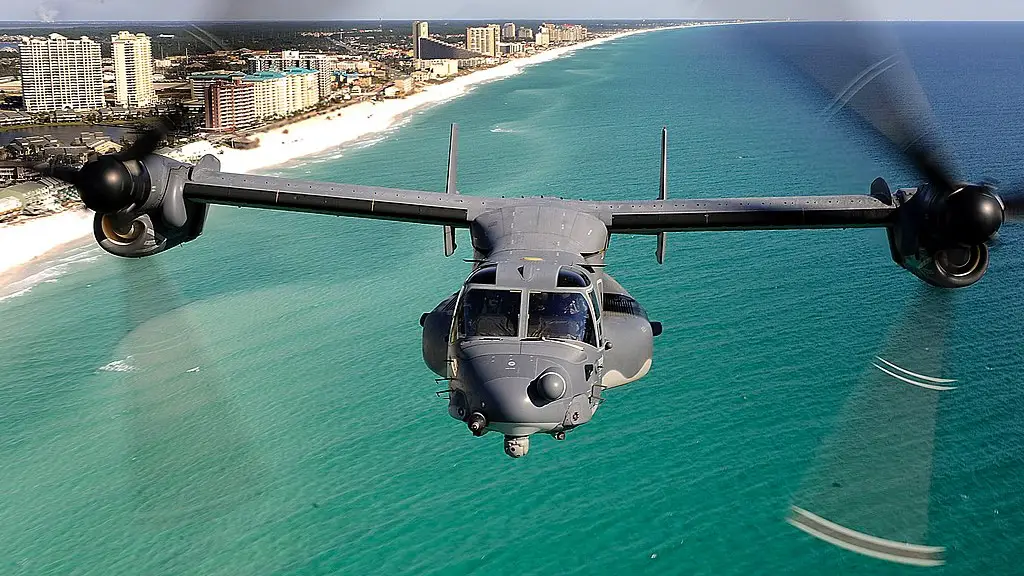
Engines
The V-22 Osprey is powered by Pratt & Whitney engines, specifically the T406-AD-400, which are a variant of the renowned PT6 turboprop engines. Each engine produces an impressive 6,150 shaft horsepower (4,590 kilowatts), delivering the necessary thrust for vertical takeoff and sustained flight. The T406 engines are known for their reliability, efficiency, and performance, making them a fitting choice for the demanding requirements of the Osprey.
The engine’s power is transmitted to the rotors through a complex drive system that allows the nacelles to rotate from a vertical to a horizontal position. This transformation enables the Osprey to achieve speeds of over 300 miles per hour surpassing the capabilities of traditional helicopters.
Performance and Capabilities
The V-22 Osprey boasts impressive performance and capabilities. It has a top speed of over 300 miles per hour, making it twice as fast as traditional helicopters. With a range of approximately 1,000 nautical miles, the Osprey can cover long distances without the need for mid-air refueling. The aircraft’s ability to vertically take off and land eliminates the requirement for a traditional runway, enabling it to operate in confined spaces and remote areas.
This feature is particularly valuable for special operations, search and rescue missions, and humanitarian efforts, where access to traditional airfields may be limited. The Osprey can transport up to 24 fully equipped combat troops, or a payload of up to 20,000 pounds. It can rapidly deploy troops and equipment, providing a significant advantage in time-sensitive operations. The aircraft’s spacious cabin also allows for flexible configurations, accommodating various mission requirements.
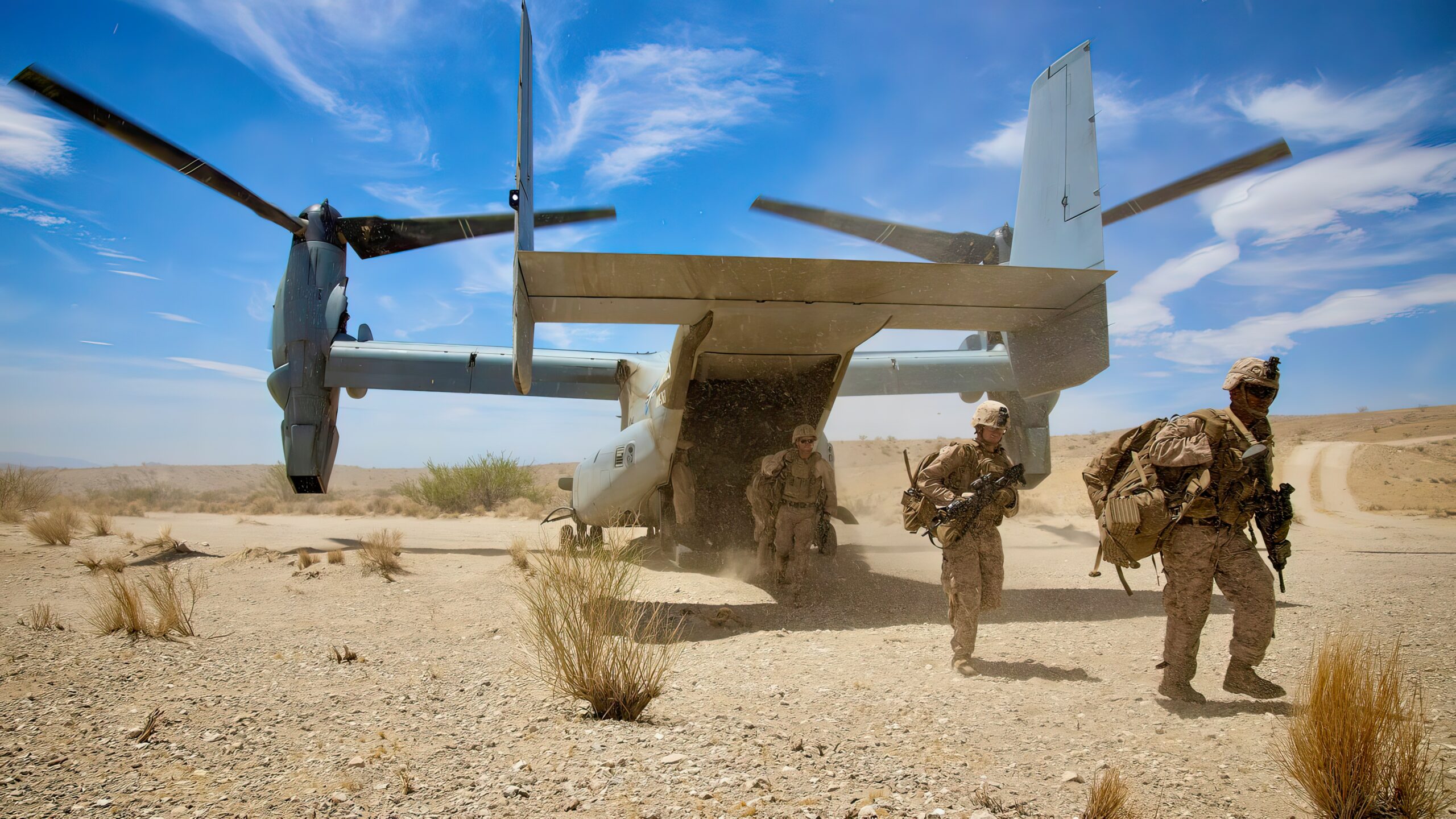
Operational Success and Military Applications
Since its introduction, the V-22 Osprey has been successfully deployed in numerous military operations. Its capabilities have proven crucial in both combat and non-combat scenarios. The Osprey has been utilized in a range of missions, including tactical assault, long-range infiltration, medical evacuation, and resupply operations. In combat zones, the Osprey’s speed and agility have allowed for swift insertions and extractions of troops, minimizing exposure to enemy fire.
The vertical takeoff and landing capability enable operations in difficult terrain, such as urban environments or mountainous regions, where conventional aircraft struggle to access. The Osprey’s versatility extends beyond combat applications. Its range and payload capacity make it invaluable in humanitarian assistance and disaster relief missions, enabling the rapid transportation of supplies and personnel to affected areas. The Osprey’s vertical takeoff and landing capabilities have proven instrumental in search and rescue operations, where time is of the essence.
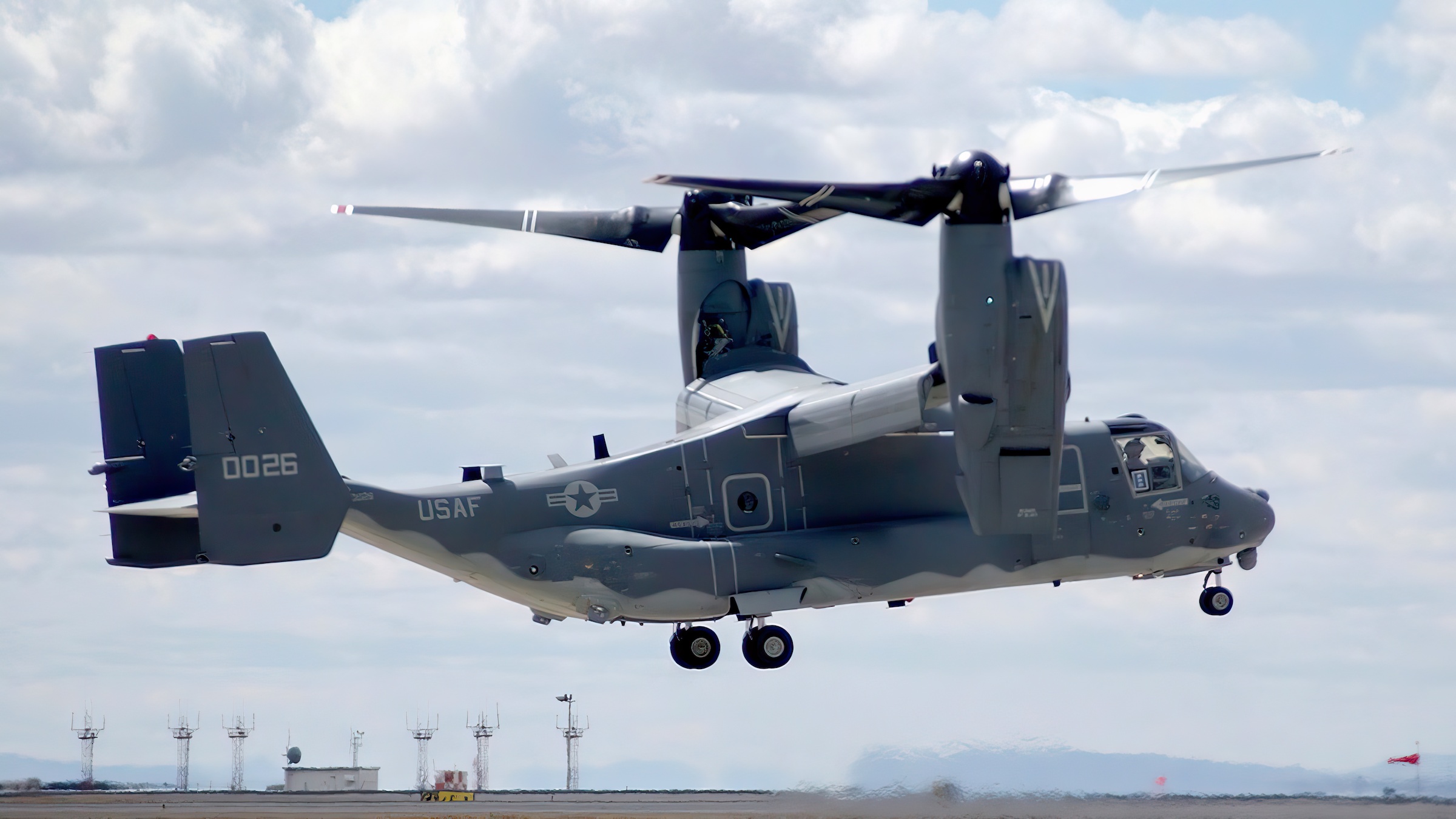
Revolutionary
The Bell Boeing V-22 Osprey has revolutionized military aviation with its unmatched combination of vertical takeoff and landing capability, speed, range, and versatility. Its successful deployment in various military operations has demonstrated its effectiveness and marked a new era in vertical lift aircraft. The Osprey continues to evolve, providing enhanced capabilities and contributing to the future of military aviation.

